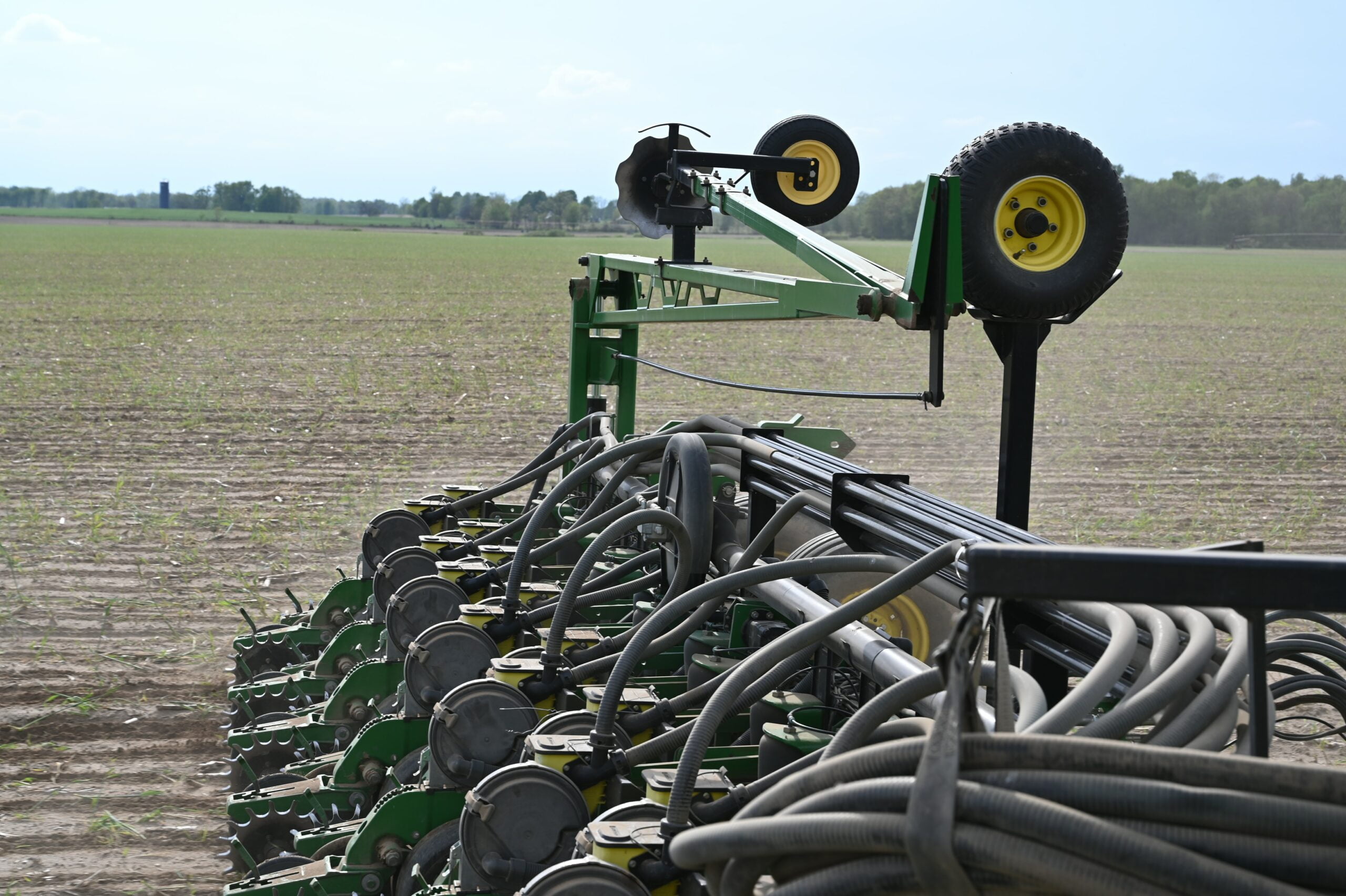
Benefits of replacing soy with BSF larvae as a protein source in animal feed, post 4 of 5
In this post series we talk about the benefits of replacing soy with black soldier fly larvae (BSFL) as a protein source in animal feed. In this fourth post of the series we talk about sustainability – how the use of BSFL in animal feed helps to reduce the environmental impact.
Sustainability:
The use of BSFL in animal feed can help reduce the environmental impact of especially animal farming, but also cultivation and agriculture as a whole in many ways.
The BSFL are highly efficient at converting organic waste into high-quality protein and fat, reducing the need for land, water, and other resources (incl. feed raw material production) required for traditional livestock feed production.
Excess grain, vegetable or fruit that can’t be used for human consumption or as animal feed as such, can be easily used either alone or mixed with other biowaste to create substrate for the black soldier fly larvae to upcycle back to use in the form of insect protein or oils, and frass for soil improvement.
Additionally, the rearing of black soldier fly larvae can reduce greenhouse gas emissions associated with animal agriculture in a number of ways. The larvae can convert carbon and nitrogen in biomass waste to re-usable “materials”, reducing the loss of gaseous carbon and nitrogen. Traditional agricultural practices often result in gaseous losses of nitrous oxide (N2O) and carbon dioxide (CO2), representing a net loss of nutrients from agricultural soils. This negatively impacts crop yield and requires farmers to increase nutrient inputs (and thus again increasing the net carbon footprint of a farm).
The use of black soldier fly larvae as a protein source for animal feed can reduce the need for traditional protein sources like soy and fishmeal, which are associated with high greenhouse gas emissions. Furthermore, pre-treatment of the biowaste with ammonia when fed to larvae can further reduce greenhouse gas emissions, if you want to maximize the positive environmental effect of BSFL production.
Regarding soy, it is an intensively grown crop, with high demands for resources: particularly energy, water, agrochemicals and soil. Any change from natural vegetation or grazing lands to crops is likely to increase soil erosion and change the hydrological cycle.
One of the biggest producers of soy is Brazil. The Cerrado (located between the Amazon, Atlantic Forests and Pantanal, the largest savannah region in South America) is a striking example of how unsustainable soy production threatens nature. Though the Cerrado has not attracted as much attention as the Amazon, the conservation value of the region is enormous. This vast forested savannah covers nearly a quarter of Brazil’s land area, about the size of England, France, Germany, Italy and Spain combined. Over half of the Cerrado’s 100 million hectares of native landscape has been lost largely driven by livestock and soybean farming! Perhaps needless to say, soy and animal farming combined are a major global environmental issue that needs more of our attention.
But, if you produce the BSFL with a solution like Manna Insect’s automatically climate-controlled breeding and rearing containers that don’t need actual buildings, plumbing, or even fixed electricity, and which can be set up just about anywhere close to the biowaste source and/or the end use of the larvae and/or frass, we can further decrease the environmental effect of animal agriculture and create local ecosystems to upcycle organic waste and turn it into directly usable animal feed (including aquafeed) and frass, and furthermore create income opportunities for local rural communities and individual farmers.
One more example of the decreased environmental effects in the rearing container model is the lesser need to transport either the biowaste to upcycling facility or the larvae and frass to end users, and furthermore less need for pre- and/or post-processing the input and output, when these are available or used locally.
All’n all, the total positive environmental effects are significant with even a small number of operating containers compared to the traditional methods or factory-sized operations to manage the biowaste and produce the protein for animal feed, and more.
Follow Manna’s company profile in LinkedIn, as well as our home page for more use cases, examples and generally information about rearing and breeding BSF at professional level. And if you wish to calculate the costs of running BSF larvae rearing operations, check out our free BSF business case calculator to see if this all makes sense in your case, and what the cost and income structure could be.
Cover picture: Unsplash
